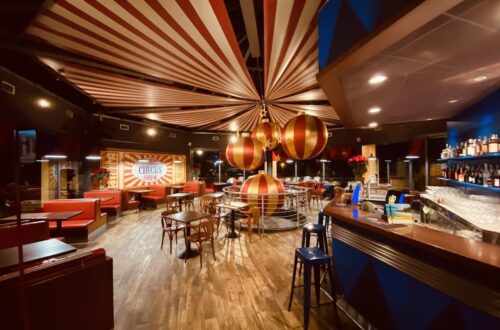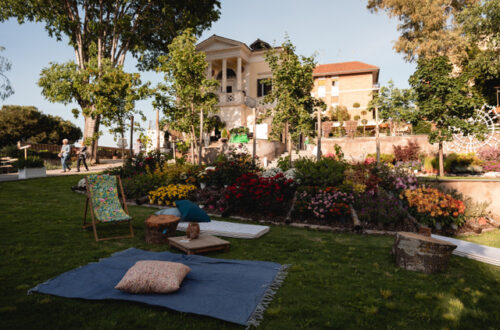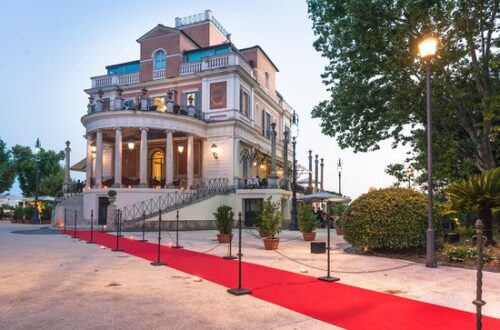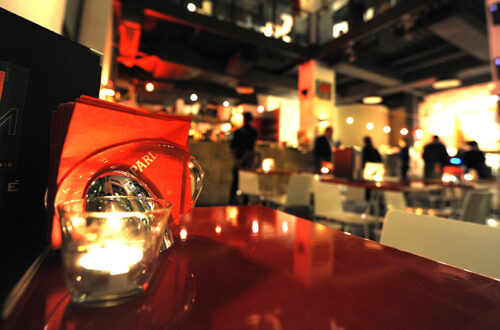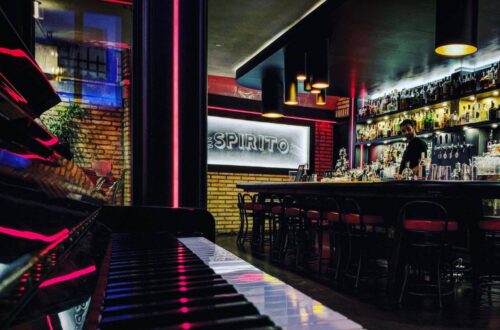Have you ever heard of the fraschette? They are classic Roman out-of-town taverns – mainly concentrated in the Castelli Romani area – famous for their traditional food, good wine, and convivial atmosphere. Yet the fraschetta that is on everyone’s lips, capable of winning over even the most traditionalist Romans, is not located in the Castelli area but in Via di Santa Cornelia, in the Agro Romano of the Prima Porta area. The Fraschetteria ai Tre Archi has become a real social phenomenon, attracting more and more customers intrigued by its original proposal, its characteristic ambience and, above all, its excellent food.
From the first time you enter the Fraschetteria ai Tre Archi, you realise that this is a gastronomic experience unlike any other. Guests are greeted by a rustic dining room with clothes hanging from the ceiling, red and white checked place mats, norcineria products decorating the walls and blackboards with the dishes of the day, or with phrases such as ‘Non se vive de solo amore, ce voleà anche na Carbonara’ or ‘Fidasse è bene, magnà è mejo’. A true glimpse of popular Rome, even more characteristic thanks to the stornelli that resound in the background. But that is not even the credit for the restaurant’s fame. Matteo Avigliano’s winning idea, when he took over the historic restaurant in Via Santa Cornelia and renovated it, was the stand in miniature. You got it right: at the Fraschetteria ai Tre Archi the starters do not arrive on a chopping board, but hung on a real miniature clothesline. And as if that weren’t enough, the hanging delicacies can be had in quantity if you choose the set menu: €29 per person for unlimited starters and first courses, choice of meat, sorbet and coffee.
The idea of the hanging menu soon made the rounds on social media, becoming a strong point of the restaurant, but the real reason that brings customers to the Fraschetteria ai Tre Archi, and convinces them to return, is the excellent quality of the dishes on offer. Starting with the famous starter, rich in cured meats and cheeses, porchetta d’Ariccia and Roman tripe, a variety of fried fish and many other Roman delicacies, and ending with the first courses, including legendary dishes such as amatriciana, carbonara, cacio e pepe: try stringozzi made out of water and flour recommended by the host.
